Rising Demand in Construction Sector
The Calcium Carbonate Market experiences a notable surge in demand driven by the construction sector. As infrastructure projects expand, the need for high-quality calcium carbonate as a filler and coating material in paints, plastics, and cement increases. In 2025, the construction industry is projected to grow at a rate of approximately 5.5%, which directly correlates with the rising consumption of calcium carbonate. This mineral enhances the durability and aesthetic appeal of construction materials, making it a preferred choice among manufacturers. Furthermore, the shift towards sustainable building practices may further bolster the demand for calcium carbonate, as it is a naturally occurring mineral that aligns with eco-friendly construction initiatives. Thus, the construction sector's growth is likely to be a pivotal driver for the Calcium Carbonate Market.
Technological Innovations in Production
Technological advancements in the production of calcium carbonate are emerging as a crucial driver for the Calcium Carbonate Market. Innovations in processing techniques, such as the development of nano-calcium carbonate, are enhancing the performance characteristics of the product. These advancements allow for finer particle sizes and improved purity, which are essential for high-end applications in plastics, paints, and pharmaceuticals. The market for nano-calcium carbonate is anticipated to grow at a compound annual growth rate of around 7% by 2025, indicating a robust demand for technologically advanced calcium carbonate products. As manufacturers adopt these innovations, the overall efficiency and quality of calcium carbonate production are likely to improve, thereby stimulating growth in the Calcium Carbonate Market.
Expanding Applications in Food and Beverage
The Calcium Carbonate Market is witnessing an expansion in applications within the food and beverage sector. Calcium carbonate serves as a food additive, providing essential calcium while also acting as an acidity regulator and anti-caking agent. The increasing consumer awareness regarding health and nutrition is propelling the demand for fortified food products. In 2025, the food and beverage industry is expected to grow by approximately 4%, which may lead to a corresponding increase in the use of calcium carbonate. Additionally, the trend towards clean label products is likely to enhance the appeal of calcium carbonate, as it is a naturally derived ingredient. This growing utilization in food and beverages is poised to significantly impact the Calcium Carbonate Market.
Increased Focus on Environmental Regulations
The Calcium Carbonate Market is influenced by the increasing focus on environmental regulations. Governments and regulatory bodies are implementing stricter guidelines regarding the use of synthetic additives in various industries, including plastics and paints. Calcium carbonate, being a natural mineral, is often viewed as a more environmentally friendly alternative. This shift towards sustainable materials is likely to drive demand for calcium carbonate, as industries seek to comply with regulations while maintaining product quality. In 2025, the emphasis on sustainability is expected to grow, potentially leading to a 6% increase in the use of calcium carbonate across various applications. Consequently, the alignment of calcium carbonate with environmental standards positions it favorably within the Calcium Carbonate Market.
Growing Demand in Pharmaceutical Applications
The Calcium Carbonate Market is experiencing a growing demand in pharmaceutical applications. Calcium carbonate is widely utilized as an active pharmaceutical ingredient and as an excipient in various formulations. The increasing prevalence of calcium deficiency and the rising awareness of bone health are driving the demand for calcium carbonate supplements. In 2025, the dietary supplement market is projected to expand by approximately 5%, which may lead to a corresponding increase in the use of calcium carbonate in pharmaceutical products. Furthermore, the versatility of calcium carbonate in formulations enhances its appeal to manufacturers. As the pharmaceutical sector continues to evolve, the demand for calcium carbonate is likely to remain robust, thereby contributing to the growth of the Calcium Carbonate Market.
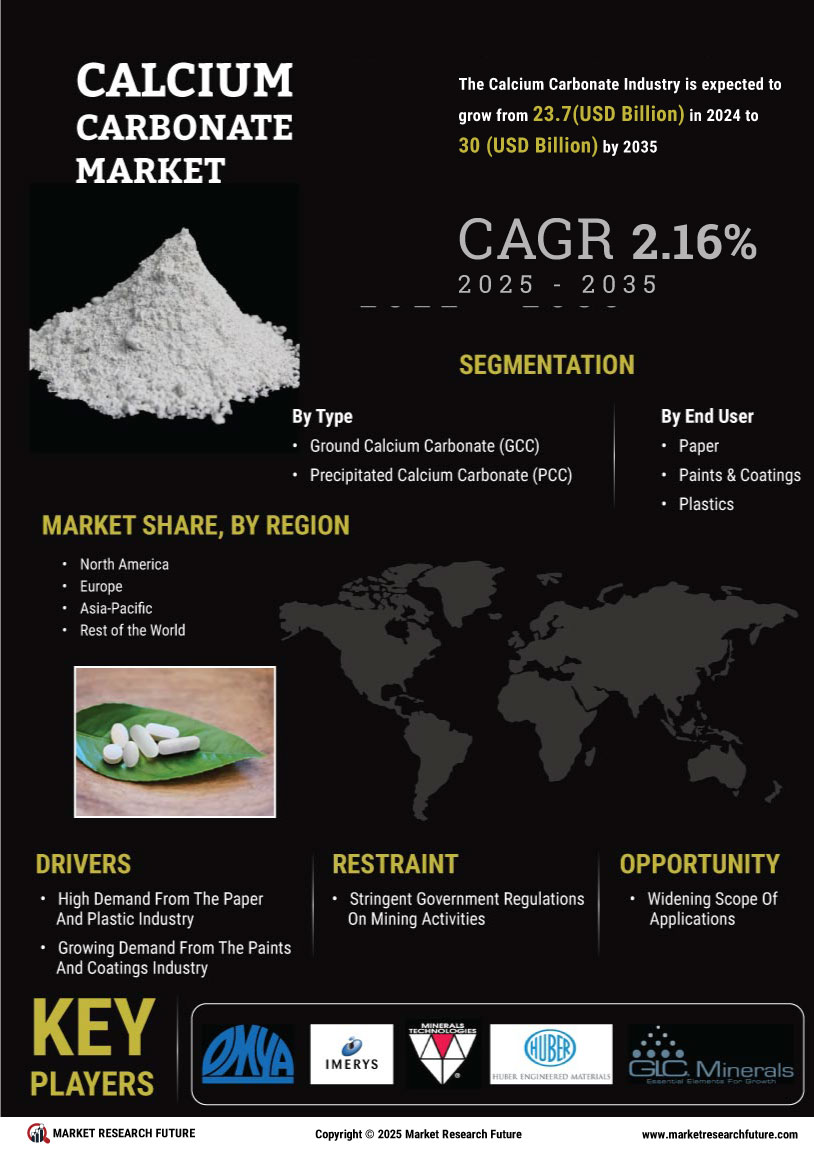

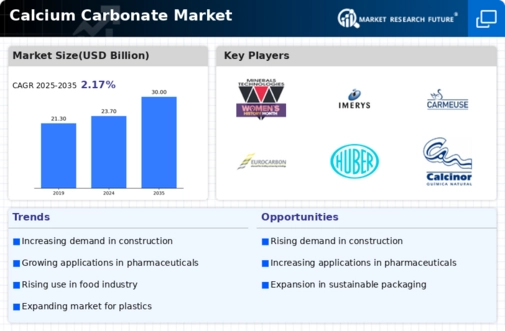
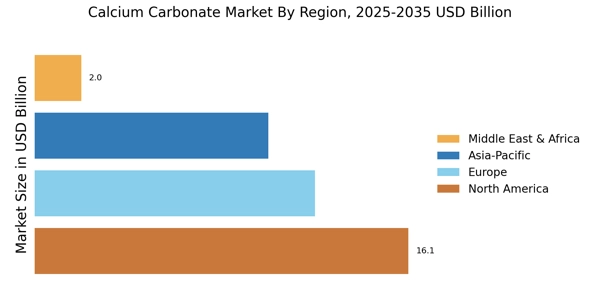
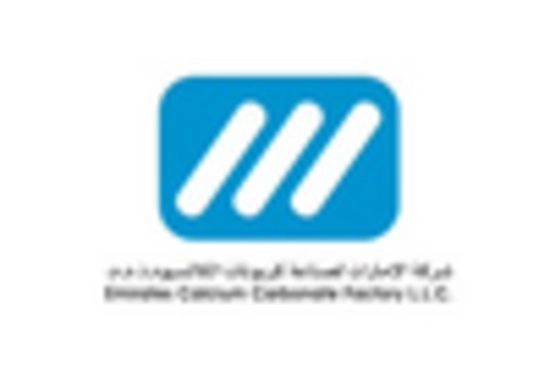
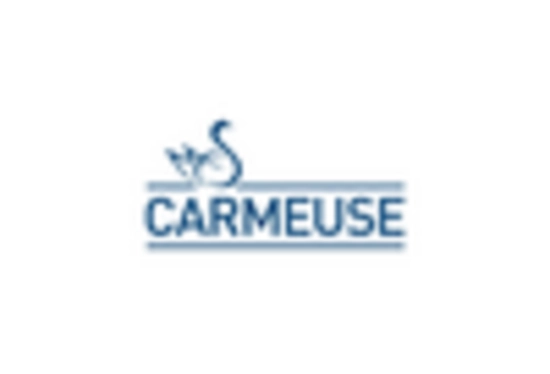
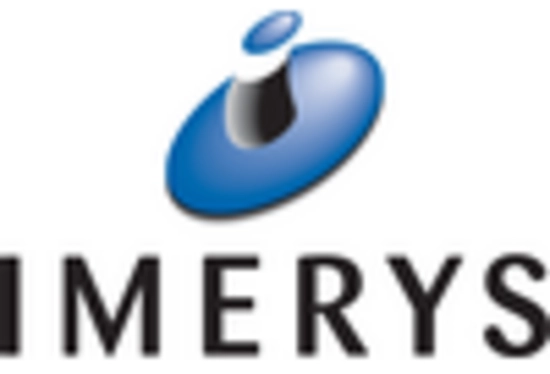
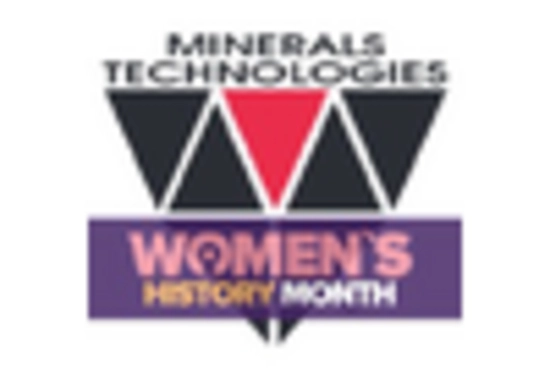
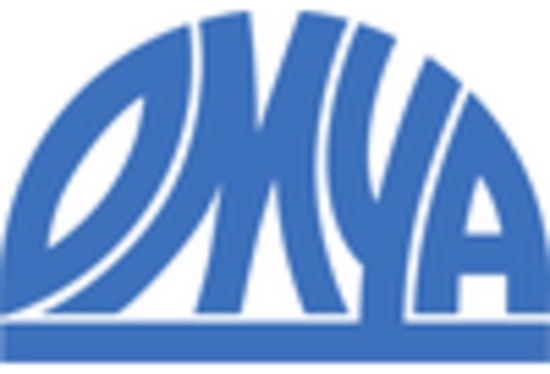
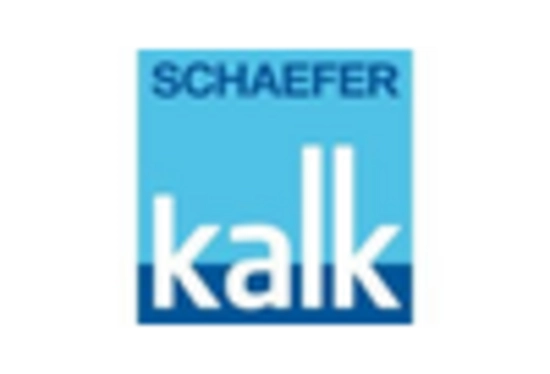








Leave a Comment